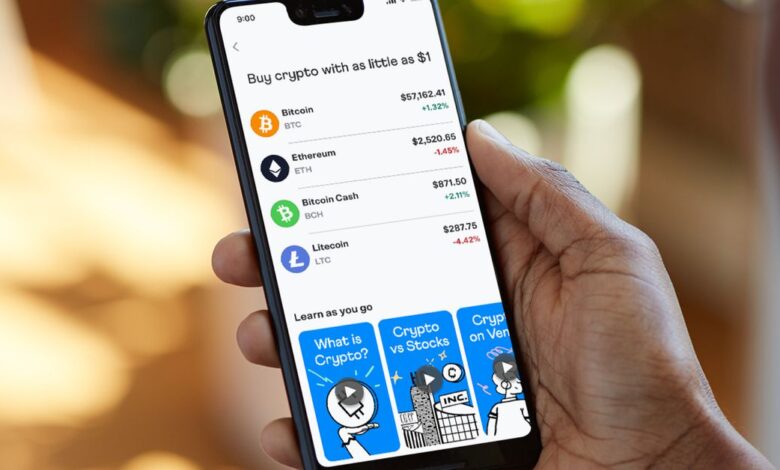In the dynamic world of nonprofit organizations, the ability to harness the power of technology and innovative financial platforms can significantly impact fundraising efforts and community engagement. Venmo, a popular peer-to-peer payment platform, has expanded its reach to support nonprofit organizations in their mission to drive positive change. This article explores the benefits, strategies, and considerations for using venmo for nonprofits to enhance fundraising and donor engagement.
The Power of Peer-to-Peer Donations: Peer-to-peer fundraising, an approach where supporters of a cause raise funds on behalf of an organization, has gained traction in recent years due to its effectiveness in leveraging personal networks and connections. Venmo’s user-friendly interface and widespread adoption make it an ideal platform for nonprofits to tap into this fundraising model.
Contents
Benefits of Using Venmo for Nonprofits
- Ease of Use: Venmo’s intuitive interface makes it easy for donors to contribute, requiring only a few clicks to complete a transaction.
- Mobile Accessibility: With a significant portion of online interactions occurring on mobile devices, Venmo’s mobile app ensures that donors can support causes on the go.
- Social Sharing: Venmo allows users to add notes and comments to transactions, facilitating the sharing of stories, updates, and calls to action among donors’ networks.
- Real-time Engagement: Nonprofits can use Venmo’s instant notification feature to express gratitude, provide updates, or acknowledge contributions promptly.
- Cost-Effective: Utilizing Venmo for peer-to-peer fundraising can be cost-effective for nonprofits, as the platform typically has lower transaction fees compared to traditional payment processors.
Strategies for Nonprofits on Venmo
- Create a Business Account: Nonprofits should establish a Venmo Business Account to access additional features and provide a clear identity for donors.
- Tell Compelling Stories: Craft narratives that resonate with potential donors and encourage them to participate. Share success stories, impact reports, and vivid descriptions of your organization’s mission.
- Leverage Social Networks: Encourage supporters to share their donations and involvement on social media, expanding the reach of your fundraising campaign.
- Set Fundraising Goals: Clearly define fundraising objectives and communicate progress toward those goals to motivate donors.
- Use Custom Payment Notes: Ask donors to include specific hashtags or messages in payment notes to help track donations and gather feedback.
- Host Virtual Events: Organize virtual fundraising events or challenges that encourage participants to raise funds through Venmo and engage their networks.
Considerations for Nonprofits
- Transparency: Clearly communicate how donations will be used to build trust and ensure donors understand the impact of their contributions.
- Security: While Venmo implements security measures, nonprofits must educate donors about the platform’s security features and data protection.
- Acknowledgment: Develop a system to promptly acknowledge donations and express gratitude to donors.
- Tax Implications: Advise donors about the tax implications of their contributions and provide necessary documentation.
Venmo’s integration into the nonprofit sector opens doors to innovative fundraising strategies that can strengthen engagement, drive support, and amplify impact. By leveraging the platform’s features, nonprofits can create meaningful connections with donors, streamline the donation process, and foster a sense of community around their causes. As technology continues to shape the landscape of charitable giving, embracing platforms like Venmo positions nonprofits to thrive in a digital era where collaboration and support know no bounds.



